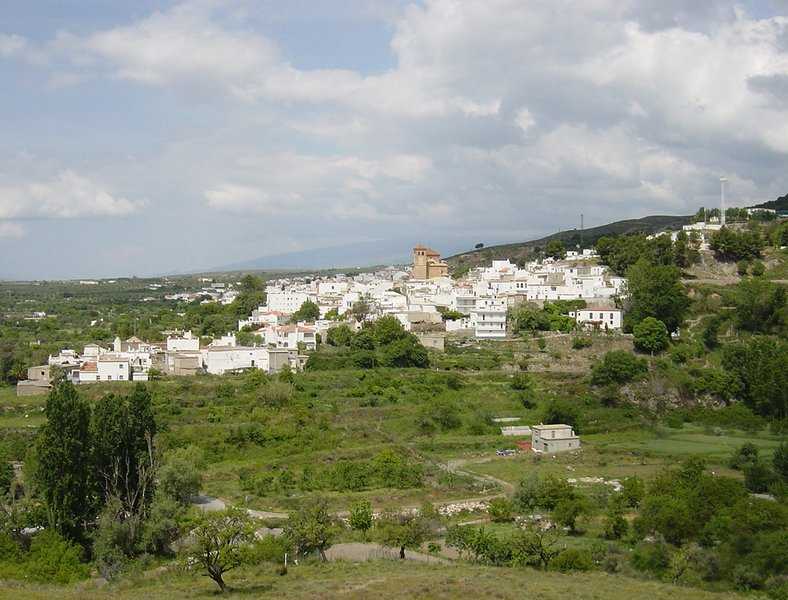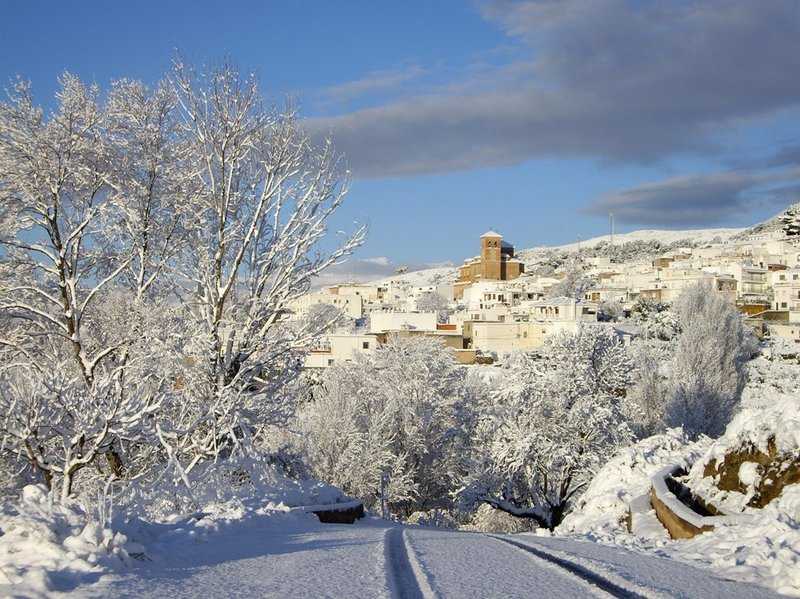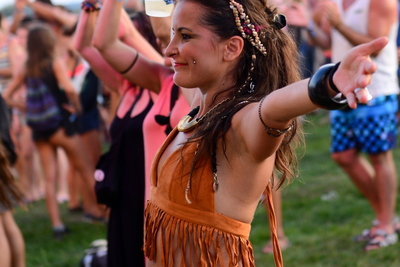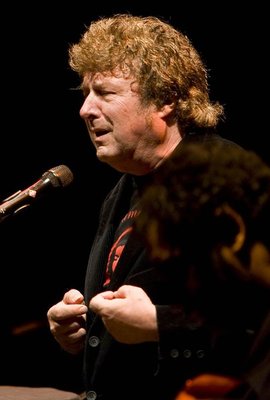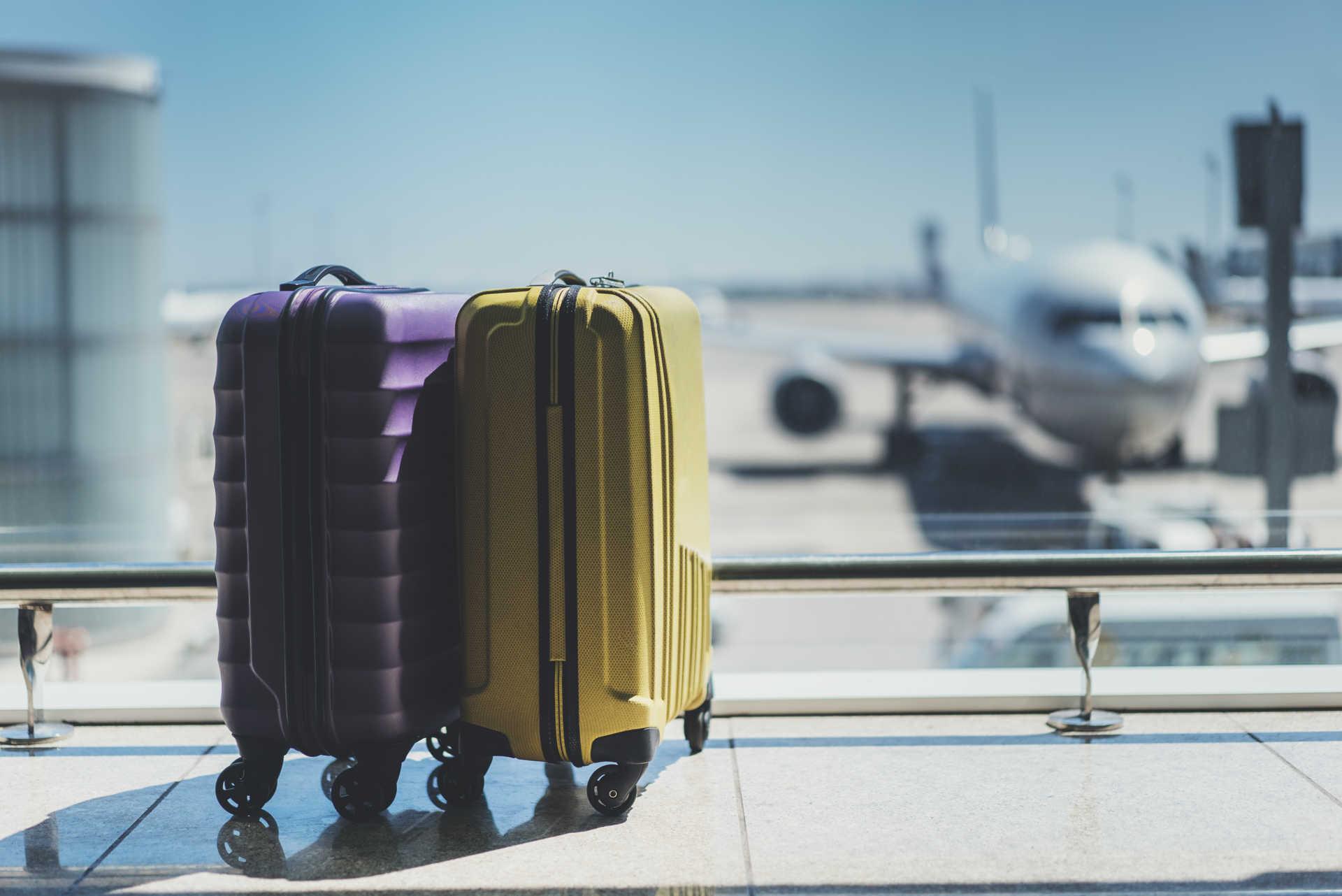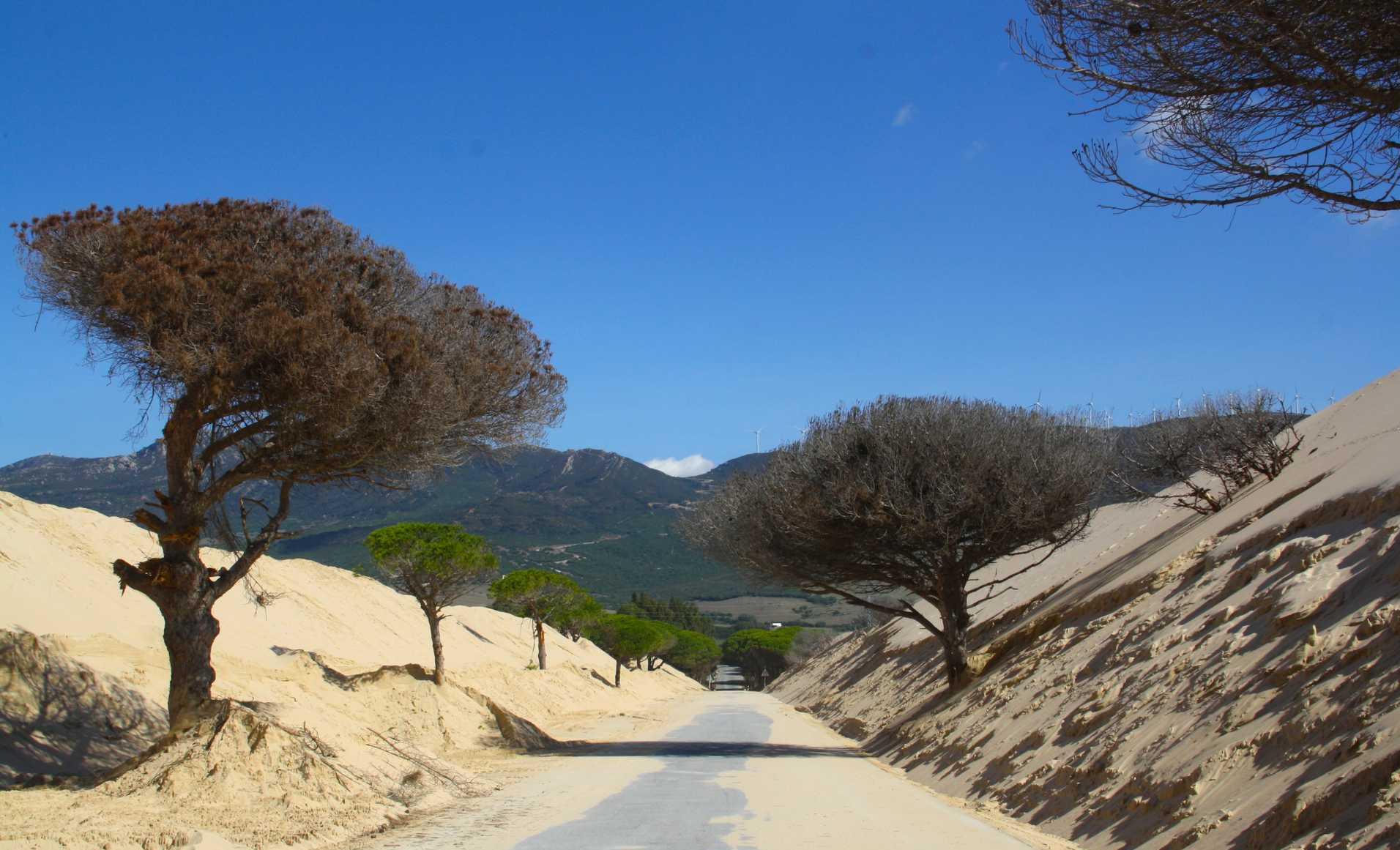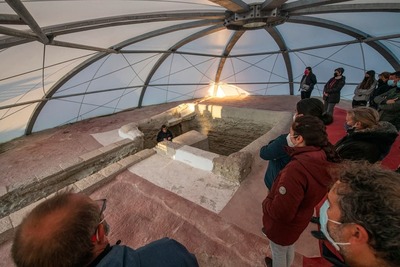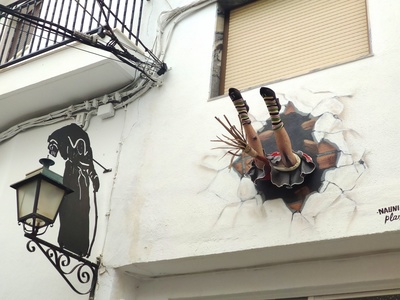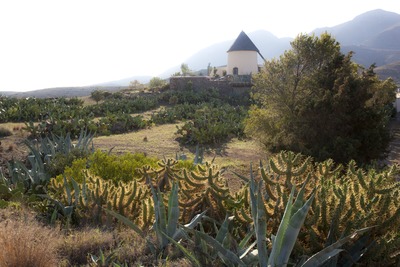Boabdil's Alpujarra Estate
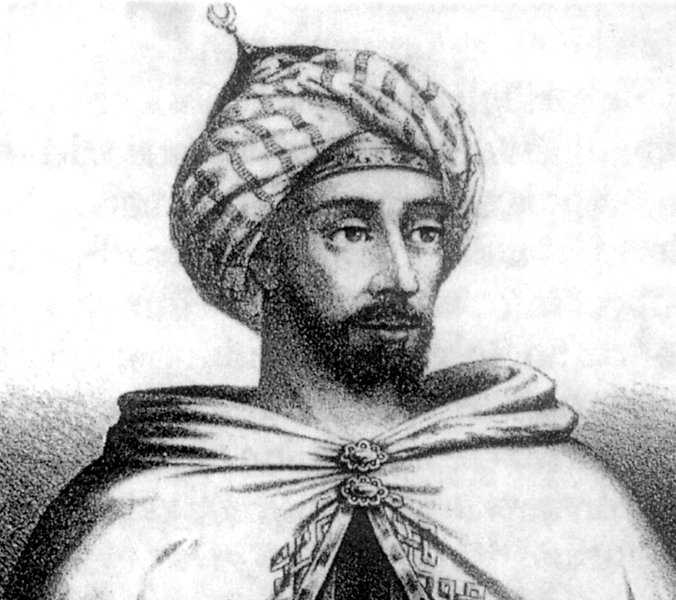
Boabdil (The Alhambra, Granada 1464 - 1527 Vado de Bacuna, Fes-Morocco): The last Nasrid King of Granada
Boabdil to Christians, El Zogabi, "The wretched" to Arabs, snatched the Kingdom of Granada from his father, Abu l-Hasan Ali, and his uncle, Muhammed XIII, with the support of his mother, Aixa "The honourable” and the Abencerrajes. The uprising took place in the suburb of El Albayzín due to the high taxes its inhabitants were charged by the father of Boabdil.

Historians do not about the character of Boabdil except for one thing: with the surrender of Granada to the Catholic Monarchs he saved the Alhambra and his family. The Catholic Monarchs granted him the Alpujarra estate and with a small entourage he abandoned his beloved Alhambra and headed to Laujar de Andarax, in Almeria's Alpujarra region, where he took up residence until he went to the Port of Adra (Almería) to set sail for Morocco and emigrate to Fes. After the capture of Granada in 1492, the Alpujarra region remained the Boabdil Estate for a year and it continued to be a Muslim property, occupied by the so-called Moors, up until 1568 when King Philip II ordered their deportation, after crushing their uprising. Given the importance of the presence of Boabdil here in the Almeria and Granada mountains, we believe it is a good idea to follow their steps and discover gems of nature and Moorish villages unique to Spain and Europe.
Moorish Tour
After leaving Almeria's plains where crops grow under plastic, and which belong to suppliers of tomato, pepper and cucumber who export to half of Europe, you will head to Alhama de Almería that, from its excellent position at the foot of the Sierra de Gádor, dominates the valley of the Andarax and Nacimiento rivers. These lands (La Taha de Berga), which are teeming with history, were the scene of the battles between Boabdil and his uncle, Muhammed XIII, when the Catholic Monarchs were laying siege to Granada. This tour enables visitors to find traces of ancient cultures at the Neolithic site of Loma Galera, in the Bronze Age town of Los Millares, at the Roman bridge over the Huéchar Ravine, at the Nasrid fortress on La Cruz and in the remains of the Arab baths at San Nicolás Spa.
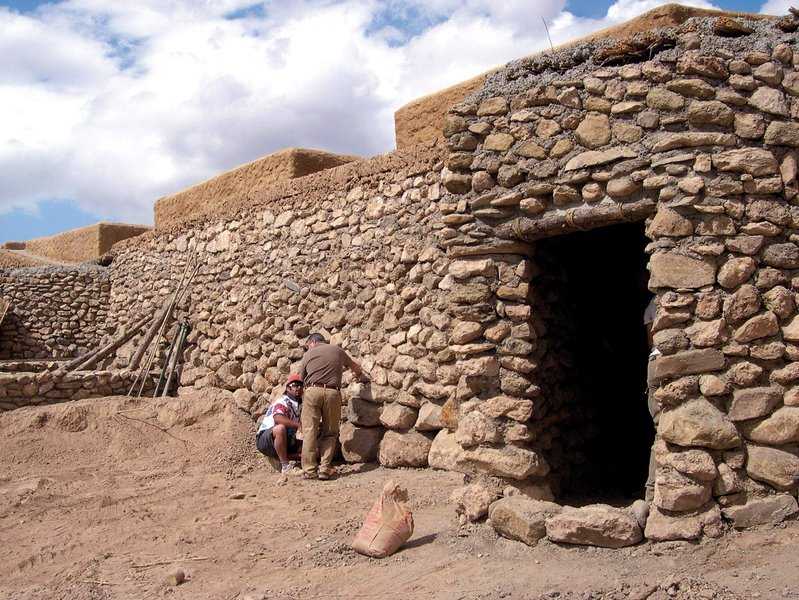
You will leave behind Alhama and the foothills of the Sierra de Gádor and enter the Andarax River Valley with the presence of Moorish civilisation, which is unique and enables traces to be found in the architecture and remains still found in these towns: remainders of winding streets and whitewashed walls typical of Muslim city planning; and traditions and customs that form a part of the legacy of Al-Andalus. You will travel a road that winds its way between hills laced with vines and valleys where olive, chestnut and walnut trees emerge before reaching typical Alpujarra towns like Rágol, Canjáyar and Ohanes before stopping and enjoying refreshment in Laujar de Andarax, Boabdil's Estate.
Boabdil's Estate
Given the legacy left to us by the geographer, Muhammad al-Idrisi (12th century) we know that the Alpujarra was one of the most commonly used routes among Muslims, Christians and Moors linking Almeria with Granada. This is not a route with large fortifications or that was marked by beautiful and elegant mosques, but it did have popular architecture that was reflected in the towns that emerged between hillside terraces, farming lands, abrupt ravines of untamed nature and torrents of clear waters that would descend from the high, snowy peaks. The Catholic Monarchs granted Boabdil the Alpujarra Domain and once the Capitulations were signed and the keys to La Sabika (the Alhambra) were handed over, the last Nasrid King left for Laujar de Andarax, in Almeria's Alpujarra region, where he set up residence, although he also spent time in a house he kept in nearby Fuente Victoria. Laujar de Andarax was the place of residence of Muhammed XIII, the last Moorish King of Almeria and it was in this town where Aben Humeya was proclaimed king during the Moorish rebellion that was repressed after several difficult battles.
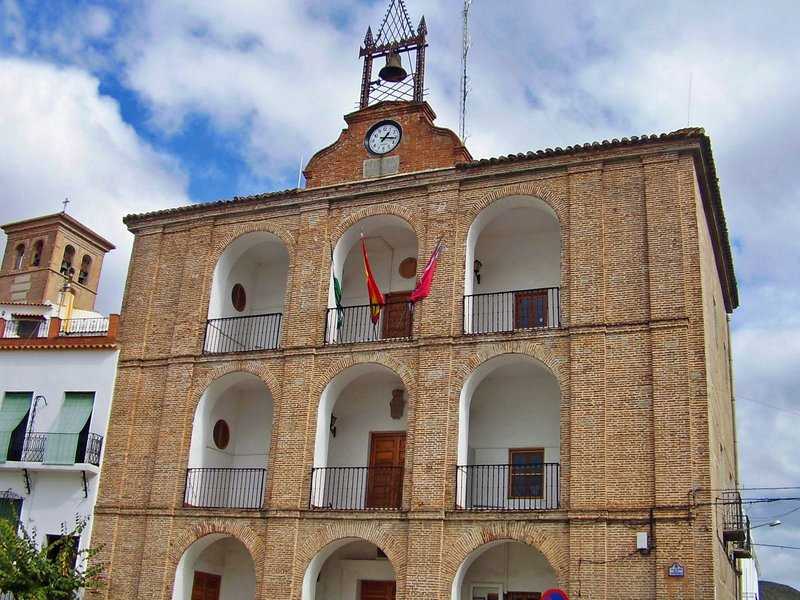
In the Alpujarra region, Boabdil had a quiet life with one of his children, and his routine was only altered by the death of his wife, Morayma. He dedicated much of his time to hunting with greyhounds and falcons on lands where rabbit, hare and boar were plentiful, in addition to thrushes, turtledoves and pigeons. He was a skilled horseman and used to head down to the 'tahas' of Berja and Dalías to enjoy full days hunting King Boabdil would also have hunted in the Marquisate of Zenete, which is a region of great hunting richness. To reach it, one had to cross La Ragua mountain pass. People who enjoy nature will love some of the places in this region, including El Cerecillo.
Homage to water
Laujar de Andarax was the most populated 'taha' in the Alpujarra region with almost 7,000 inhabitants, many of whom were Moors. Today, it has barely 2,000 inhabitants. In this town, the last Moorish King of Granada submitted himself to family life and cultivating some of his interests. Today, it has a beautiful Mudejar church, La Encarnación Church (15th century), which has a magnificent Baroque altarpiece and several paintings by Dutch artists. The town hall was built in 1792 with a belfry and bell, while there are also stately mansions designed following Moorish architectural ideas. Near the town centre, there are landscapes of great natural beauty like the Ascent to El Chullo and the foothills of Sierra Nevada, following the course of the Andarax River upstream. The capital of Almeria's Alpujarra district, in homage to its Moorish past, worships water through the sixteen fountains dotted around the town centre. Not far away is Fuente Agria in Pórtugos, with its chalybeate waters. The entire Alpujarra district is a hymn to water, with irrigation canals that water the terraces worked into the hillside and that rise to Sierra Nevada, with the Mulhacén, the highest peak on the Spanish Peninsula standing as an eternal watchman of the Alpujarra region.
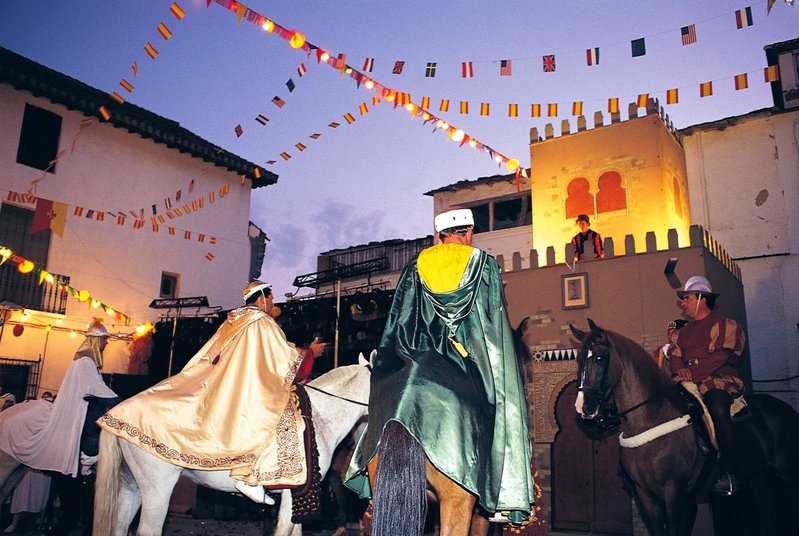
Grief for Morayma
The Sultan Morayma, wife of the Lord of the Alpujarra, upon settling in Laujarbecame unwell. Boadbdil had already lost a son and he feared for his wife, which is why he accelerated his paperwork, thanks to one of his cousins who governed Fes (Morocco), in order to move to the Moroccan city. He did so from the Port of Adra on Almeria's coast one year after arriving in the Alpujarra region, in 1493. However, he did so without his wife, who he showered with happiness during the days spent in Laujar. She died and he took her body with his entourage to Mondújar Castle, in Valle de Lecrín, where she was buried. This was a long, arduous trip, with all the Sultan's clothing and necessities. They passed through Ugíjar, which is home to San Antón Church with a Mozarabic structure. You will stop and stay overnight in Válor, where Fernando de Córdoba y Válor was born. He was crowned King of the Moors with the name Aben Humeya. Each year, the town remembers the battles between the Moors and Christians in one of the best dramatizations in Andalusia. The tour continues on to Cádiar, which is a crossroads with one of the oldest churches in the Alpujarra region, dating back to the early 16th century. In the neighbouring town, Narila, Aben Humeya was crowned under the "Olive Tree of the Moor", which still stands today.
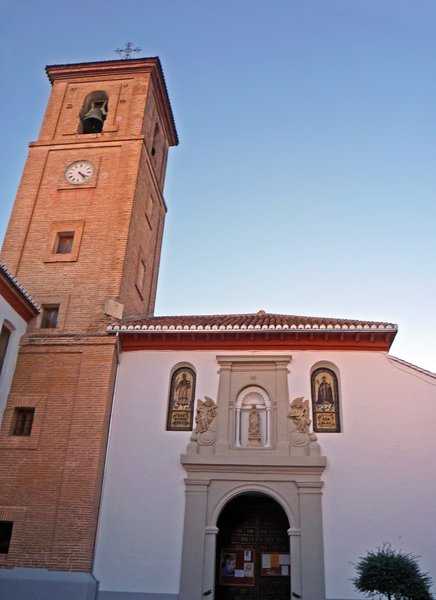
Once you leave the Sierra de la Contraviesa, you enter the Valle de Lecrín, which is an old reservoir that has been converted into a fertile plain. Dúrcal has preserved an interesting 16th century church while the trail to Mondújar is saved by the Dúrcal River, which leaves behind a wonderful, majestic Roman bridge and a notable iron bridge from the 19th century, designed by the French architect Le Corbusier who also designed the Eiffel Tower.
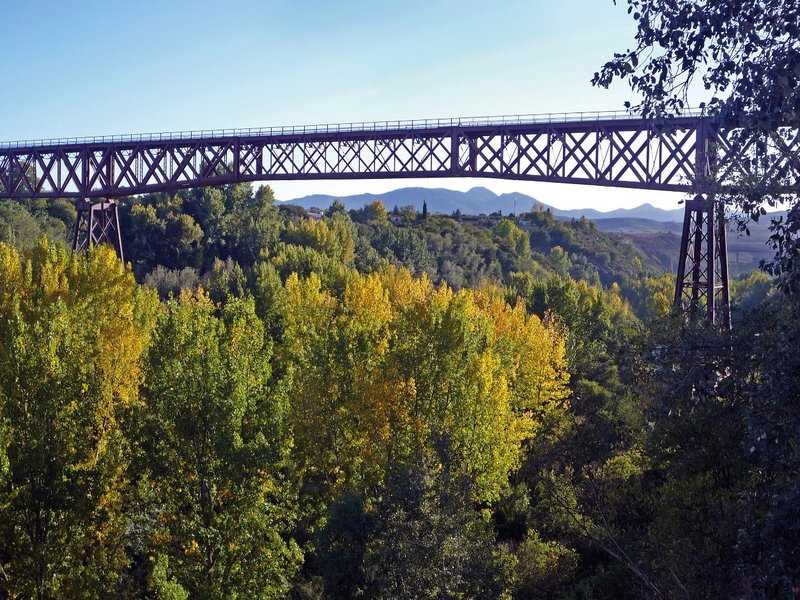
ROUTES AROUND THE ALPUJARRA
Route 1. Take the C-332 from Almeria to Alhama (with Los Millares) - Canjáyar – Fondón - Laujar de Andarax - Fuente Victoria - Marquisate of Zenete (crossing La Ragua mountain pass) - El Cerecillo Natural Space.
Route 2. Take the C-332 once you leave Laujar de Andarax - Ugíjar - Válor - Cádiar- crossing the Sierra de la Contraviesa - Órgiva (the most important town in the region).
Route 3. When leaving Órgiva head to Lanjarón (thermal waters, remains of an impressive Arab castle) - Valle de Lecrín (Taha de Lecrín) - Nigüelas – Dúrcal – Mondújar (where Morayma, Boabdil's wife, was buried).

